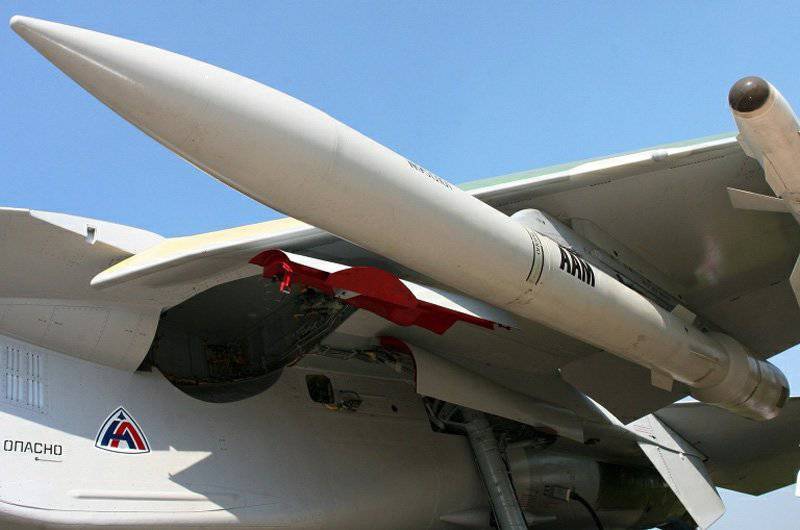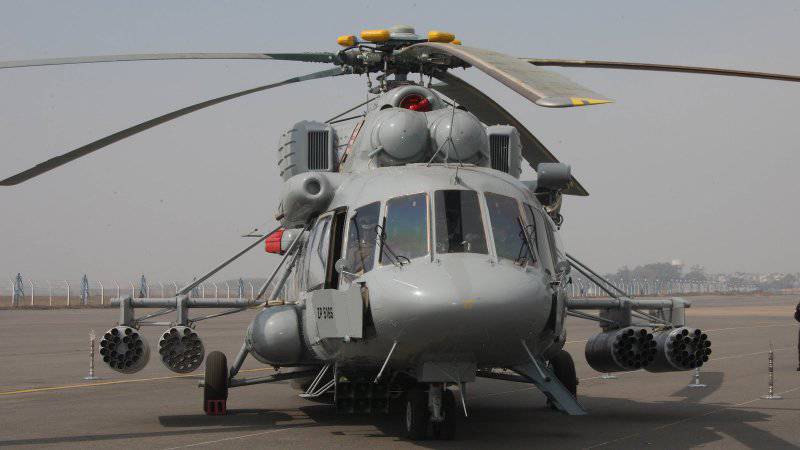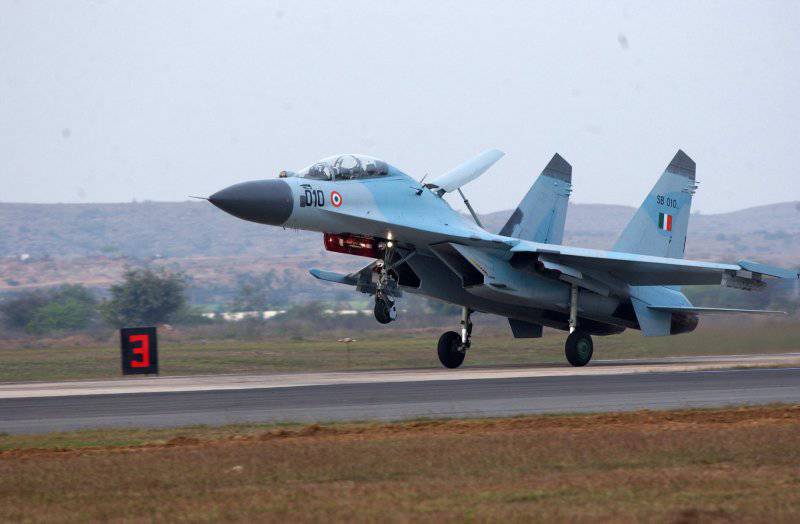Public events and actual benefits
Fortunately, during the cabin, negotiations began on the supply of Mi-17В-5 helicopters. The Indian Ministry of the Interior wishes to receive 12 such helicopters in the coming years. Three of them need to be done in the version for the transport of important persons, and the remaining nine - in the patrol version. The latter will go to serve in the coast guard. It is worth noting that the supply of VIP helicopters for the Ministry of Internal Affairs may have interesting consequences. Right now, there is an investigation into corruption scams around a similar contract of the Ministry of Defense. No one can guarantee that a contract already signed with Italy will not be broken. In this case, you will need a new agreement for the supply of helicopters, and it is the Russian vehicles that may well be the subject of such a deal. Therefore, the current negotiations in the very near future can bring unexpected benefits.
Another more than lucrative contract was signed a couple of months before the Bangalore exhibition. Probably, the Indian and Russian sides decided to donate advertising moments and conclude an agreement early during the Russian delegation’s visit to India. Back in December, official representatives of the two countries signed all the documents implying the delivery of assembly kits for Su-30MKI fighter jets. In the near future, Indian aircraft manufacturers will receive the 42 kit and assemble their own ready-made aircraft. For the supply of fighters, Russia will receive about 1,6 billion US dollars. India, in turn, will bring the total number of its Su-30MKI to two hundred.
A characteristic feature of the military-technical cooperation between Russia and India is also a considerable number of joint projects. Perhaps the most famous of these is the BrahMos family of rockets. Anti-ship guided munitions, developed by the Russian military-industrial corporation NPO Mashinostroeniya and the Indian organization DRPO (Defense Research and Development Organization), are already in service with the Indian army and are offered for export. During the exhibition Aero India-2013, the layout of the new BrahMos II rocket was demonstrated. It is argued that the new rocket will be able to fly at hypersonic speed and, therefore, it will have no equal in the world. The exact characteristics of the future rocket, as well as the timing of the end of the project, have not yet been named.
Even more interesting is the joint FGFA project (Fifth Generation Fighter Aircraft - “Fifth Generation Fighter”), created on the basis of the Russian program PAK FA. Before the work on FGFA are two goals. First, this fighter in the future will be the basis of the Indian Air Force, and secondly, it will be produced for export. Some countries have already indicated their willingness to purchase such an aircraft. According to available information, various issues related to the development of the original T-50 aircraft are currently being worked out. The active development of a new fighter for India and third countries will begin a little later, probably after the start of mass production of the T-50 for the Russian air force.
In the context of the FGFA project, the KS-172 air-to-air guided missile is often mentioned. Having a launch range of about 400 kilometers, it is able to significantly raise the combat potential of any fighter, both modern and advanced. The development of this rocket has been carried out at Novator NPO for more than twenty years, but it has not yet been completed and the adoption of a rocket for armament is possible only in the future. Seeing the high characteristics of the promising rocket, several years ago, the Indians showed willingness to take on part of the financing of the KS-172 project. The only condition was equipping Su-30MKI and FGFA fighters with similar missiles. After India began to provide support, the project began to move forward.

As a matter of fact, promising fighters and weapons for them, most likely, in the near future will be the main article of international agreements. India has two neighbors to reckon with - Pakistan and China. The first is trying, as far as possible, to purchase modern aircraft, while the second is already having two fifth-generation fighter projects at once. AMCA’s own Indian project (Advanced Medium Combat Aircraft - Advanced Medium Combat Aircraft), designed to compete with the latest generation of fighter aircraft, is in serious trouble. There is reason to believe that the Indian designers will not be able to complete it in time for a number of technical reasons. As a result, the joint FGFA project looks more than promising in terms of cooperation with India.
It is not difficult to guess that the solemn ceremony of signing contracts at exhibitions is only an advertising process. All major events, including negotiations on contract details, take place, as they say, behind the scenes. As you can see, outside the pavilions of the exhibition Aero India-2013 passes much more interesting events than you can imagine. Russia and India continue to lead joint projects and sign contracts for the supply of new equipment. The fact that the last salon did not sign a single major agreement between our countries can hardly be considered a prerequisite for the further deterioration of relations in the field of military-technical cooperation.
On the materials of the sites:
http://ria.ru/
http://lenta.ru/
http://odnako.org/
http://bmpd.livejournal.com/



Information